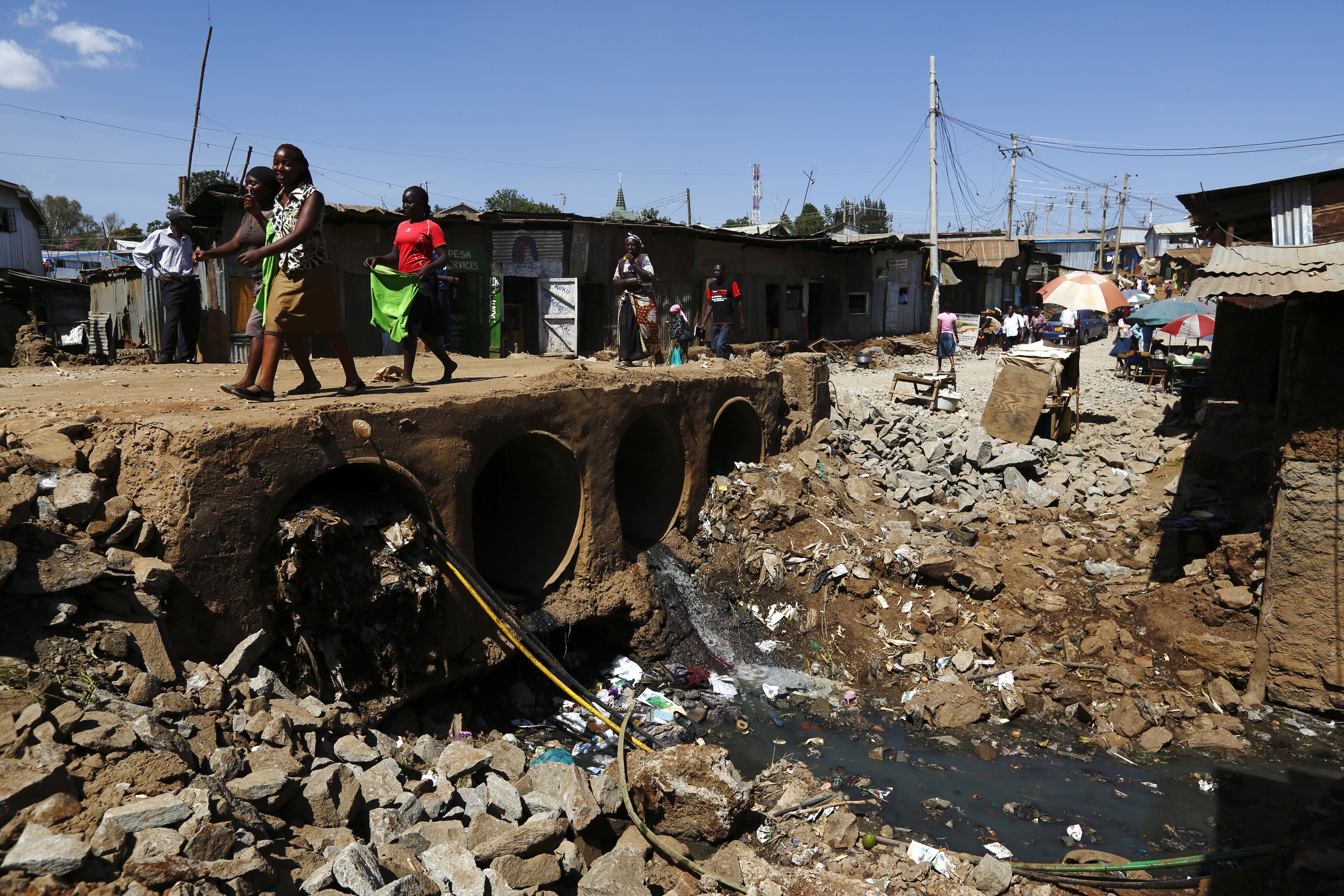COVID-19 has damaged public trust in science. Here's how to repair it

The so-called 'infodemic' has eroded the credibility and funding of scientific research
Image: Vlad Tchompalov on Unsplash
Karen Jacqueline Cloete
UNESCO-UNISA Africa Chair in Nanosciences & Nanotechnology Laboratories, University of South Africa (UNISA)Stay up to date:
Science
Listen to the article
- The COVID-19 pandemic has challenged the old-fashioned model of science communication, while also eroding public trust in science.
- It is extremely challenging to maintain the accuracy of scientific information in the age of social media.
- Scientists and scientific institutions need to take communication more seriously, in order to nurture their relationship with the public.
The COVID-19 pandemic has challenged the old-fashioned model of science communication. Traditionally, new scientific findings were published in academic journals, which are not aimed at the general public, and were not accessible to non-scientists. During the pandemic, however, new findings were seized on immediately by politicians, the media and social media. While this undoubtedly made them more accessible than ever before, it also meant that they were often miscommunicated, with messages and data simplified or warped to fit political or media agendas.
This so-called 'infodemic' has eroded the credibility and funding of scientific research, and had a negative impact on the already vulnerable careers of early career researchers. What went wrong?
1. A multifaceted communication environment
In the age of social media, maintaining the clarity and credibility of scientific information is extremely challenging. Social media content is often biased, or otherwise influenced by political, economic, legal, sociocultural, psychological, educational, and ethical factors.
2. Poor communication management
There is a lack of methodology for evidence-based science communication. This has led to poorly coordinated communication management, with contradictory information coming from government scientists and institutional authorities. It has also paved the way for unethical attention seeking for monetary gain.
3. Knowledge governance monopoly
Too often, scientific institutions have not seen it as a priority to nurture their relationships with the public. They have held a monopoly on how knowledge is produced and shared, and this has not been open to debate or challenge.
4. Inaccurate portrayal of scientists
In the film industry and popular media, scientists are often depicted as all-powerful, capable of solving any catastrophe. The public often lacks a basic understanding that the scientific method involves questioning, testing and revising.

Given all of this, how do we set about repairing the damage that the COVID-19 pandemic has done to science?
1. Nourish the science-public partnership
The public (this includes policy makers, journalists, teachers, government officials, industry experts, funders, and NGOs) need to have direct, meaningful and trusted relationships with excellent scientists whose work has been scrutinized by peer review. In turn, scientists need to be dedicated to communicating their work to a broader audience. Institutional communication departments and public outreach programs should support them in managing this relationship strategically.
2. Improve science communication training
Scientists need to take communication far more seriously. They will only be able to influence the public if they show tenacity, tactfulness, good listening and empathy. They need to understand and respect how the media works, and to be familiar with its internal mechanics. They need to understand that not all journalists have a background in science writing. Scientists should also have a working knowledge of how to use different communication channels (news media, microblogs such as Twitter, podcasts, images, video, or personal websites) effectively, and the potential pitfalls of each.
What is the Young Scientists Community?
3. Think about the 'storyline'
Any kind of communication needs to have a storyline: an elevator pitch or lightning talk with an eye-catching headline, concise and succinct summary, illustrative case, and a memorable take home message. Innovative science communicators have turned to art and sound to popularize their message. These stories need to be both concise and accurate.
It is essential for scientists and scientific institutions to nourish and propagate a mutually respectful relationship with the general public. They need to take communication seriously, build a public relations portfolio, and understand and respect the various modes of communication in the modern media landscape. This will allow them to tackle COVID-19, and future challenges to our health and wellbeing, more effectively.
Don't miss any update on this topic
Create a free account and access your personalized content collection with our latest publications and analyses.
License and Republishing
World Economic Forum articles may be republished in accordance with the Creative Commons Attribution-NonCommercial-NoDerivatives 4.0 International Public License, and in accordance with our Terms of Use.
The views expressed in this article are those of the author alone and not the World Economic Forum.
Forum Stories newsletter
Bringing you weekly curated insights and analysis on the global issues that matter.
More on Health and Healthcare SystemsSee all
Shyam Bishen
August 28, 2025
Ridwan Sorunke and Alyse Schrecongost
August 25, 2025
Shiloh Paswani and Mansoor Aamir
August 14, 2025
James Balzer
August 14, 2025
Madeleine North
August 13, 2025
Charlotte Edmond
August 11, 2025






